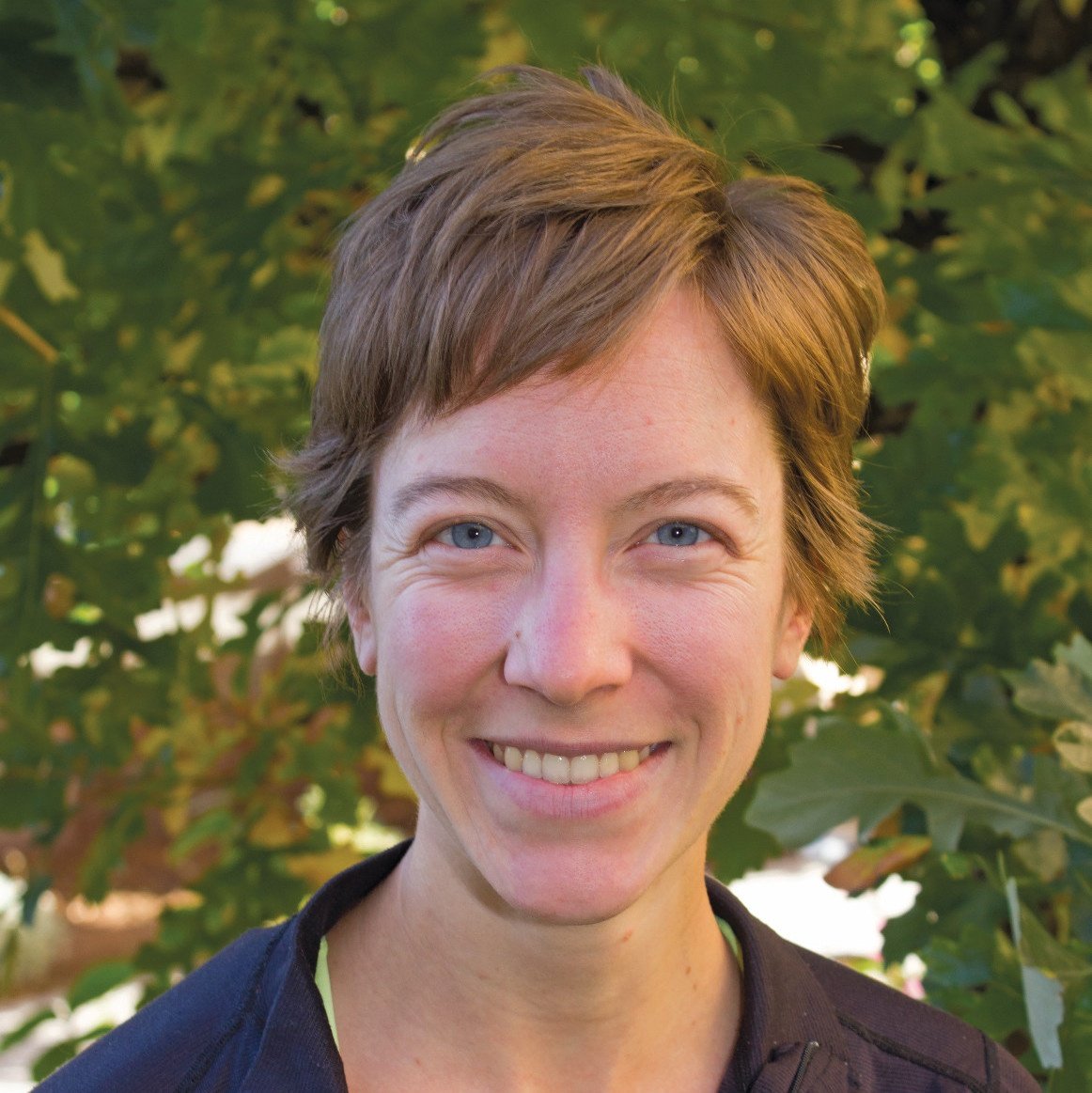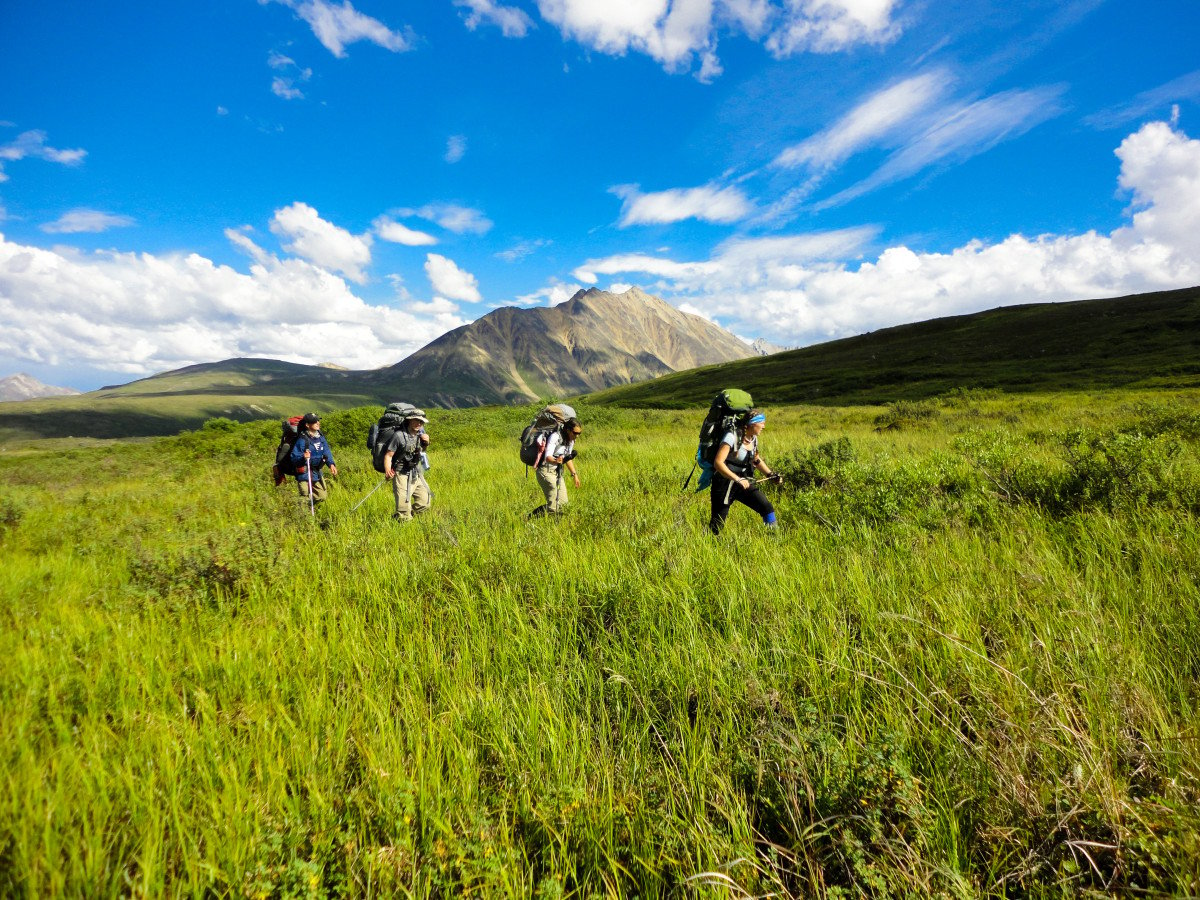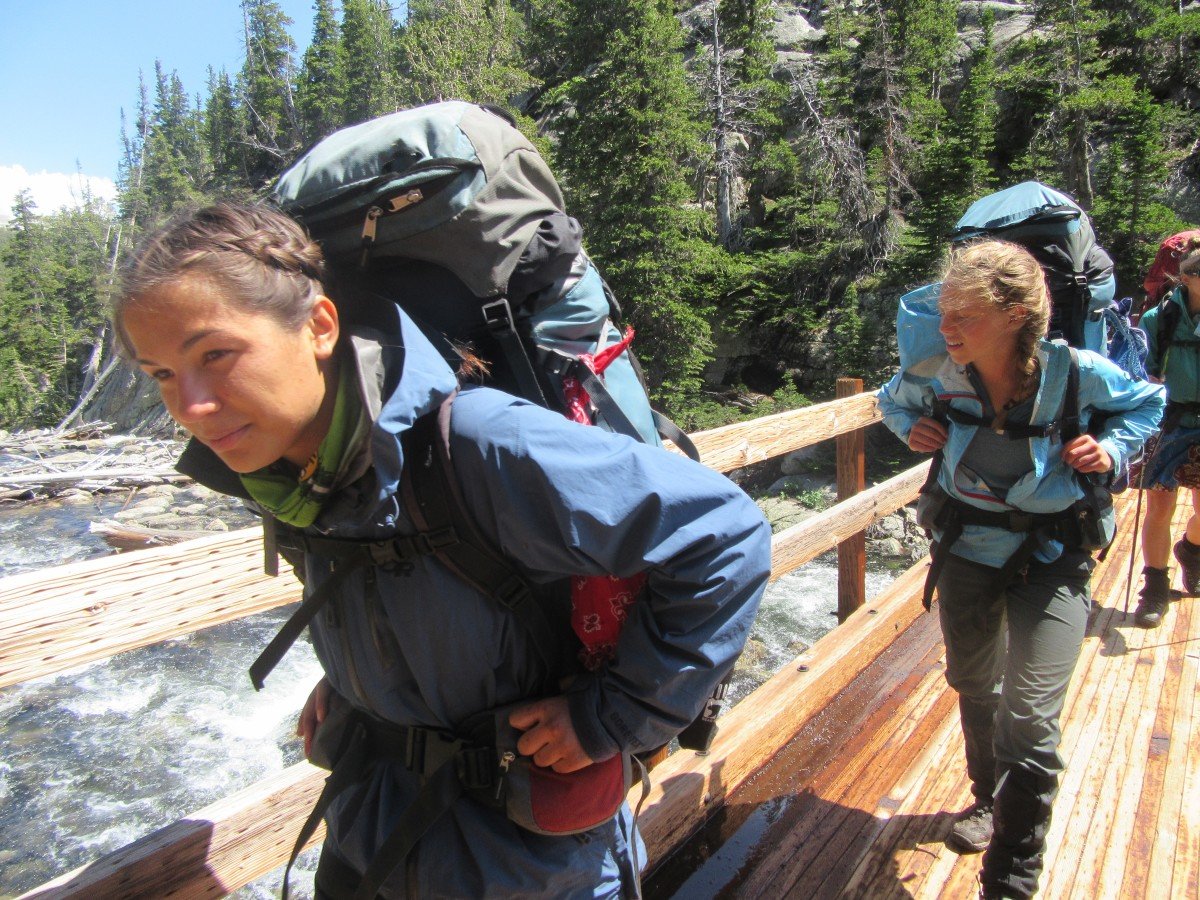
As our students hiked off, following the routes they’d planned on their own in their small groups, a knot twisted and untwisted in my stomach.
My instructor team and I had spent the previous three weeks backpacking with these students, mentoring and coaching them on their leadership and outdoor skills and watching them become more and more independent.
I’d seen them make responsible choices, and also learn from making their own mistakes (like taking the “shortcut” through the boulder field rather than the slightly longer but much easier walk around the lake).
They were ready for the responsibility, but it was nerve-wracking to watch them go, even knowing we’d meet up again in just a few days.
The idea of sending a group of young people into the wilderness by themselves might sound (to an adult) like a ridiculous proposition at face value. How can we trust them to cope by themselves?
But when you’ve lived with a group of students for several weeks and given them opportunities to make a decision and manage the outcomes, letting them go their own way makes perfect sense.
The student who led us through the boulder field knew, from our trudgingly slow progress, the difference between what's easy and what only looks that way. After that, he learned to look at terrain thoughtfully and connect his observations to his decisions.
For NOLS research manager Shannon Rochelle, teenagers “are at a point in their brain development where they understand logic and are capable of making good decisions, but no one has asked them to make their own decisions before. It's so much fun to ask them to make real decisions and watch them realize they are capable!”
Creating opportunities for students to lead is rare and can be challenging to do in the frontcountry. There’s usually an adult nearby, or only a phone call away. In the outdoors, they have the opportunity to make decisions by themselves.
And, most of the time, young people will rise to meet the needs of their group. This of course involves a lot of trial and error, but the real outcomes are what Shannon observed—they learn they're capable, and can take that knowledge with them to whatever they decide to try.
These are the students who really stand out: The ones who have had opportunities for leadership already and can speak from experience. It's some of the best preparation for what lies ahead in college and in careers that they can get.
Here are just a few more reasons why we think it's important for students to take on leadership roles.
Leadership is More Than Being Class President
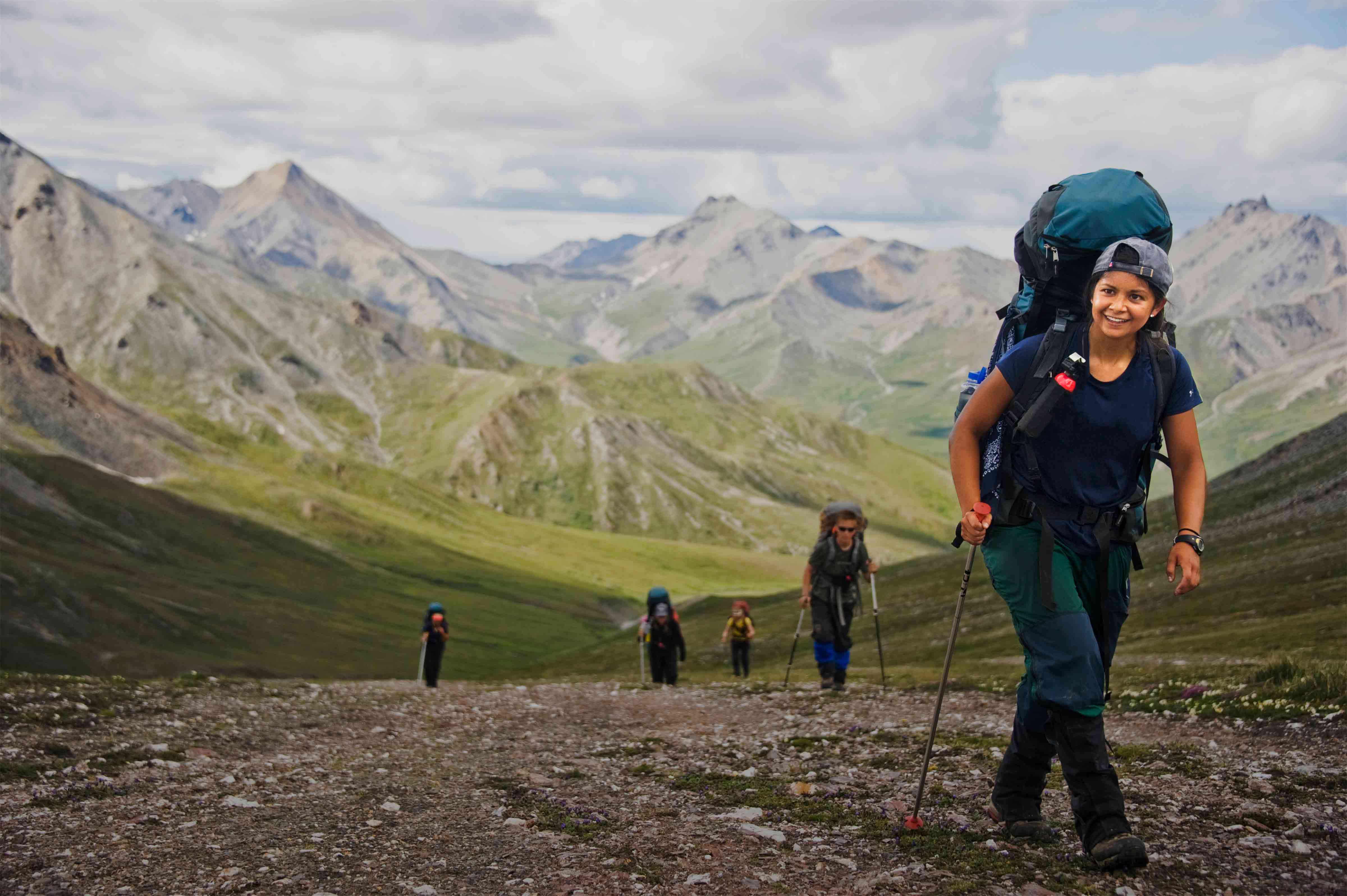
An expedition can't make it through the wilderness if every member is trying to take charge. It also can't function if there's no one providing direction, or support from peers.
That's because, in real life, it takes a diversity of leadership styles to make a group function. It's why NOLS teaches leadership as something you adapt to each situation, and we emphasize each individual's signature leadership style rather than conforming to one idea of leadership.
While it's important to have someone who's capable of being class president, it certainly isn't the only way to be a leader, and different people will accomplish different things in that role.
By focusing on developing a personal leadership style, and learning to adapt it to the needs of the group, students are prepared for the diversity of environments they'll find themselves in when they're at college, and long afterward.
Learning-by-Doing Will Start Early
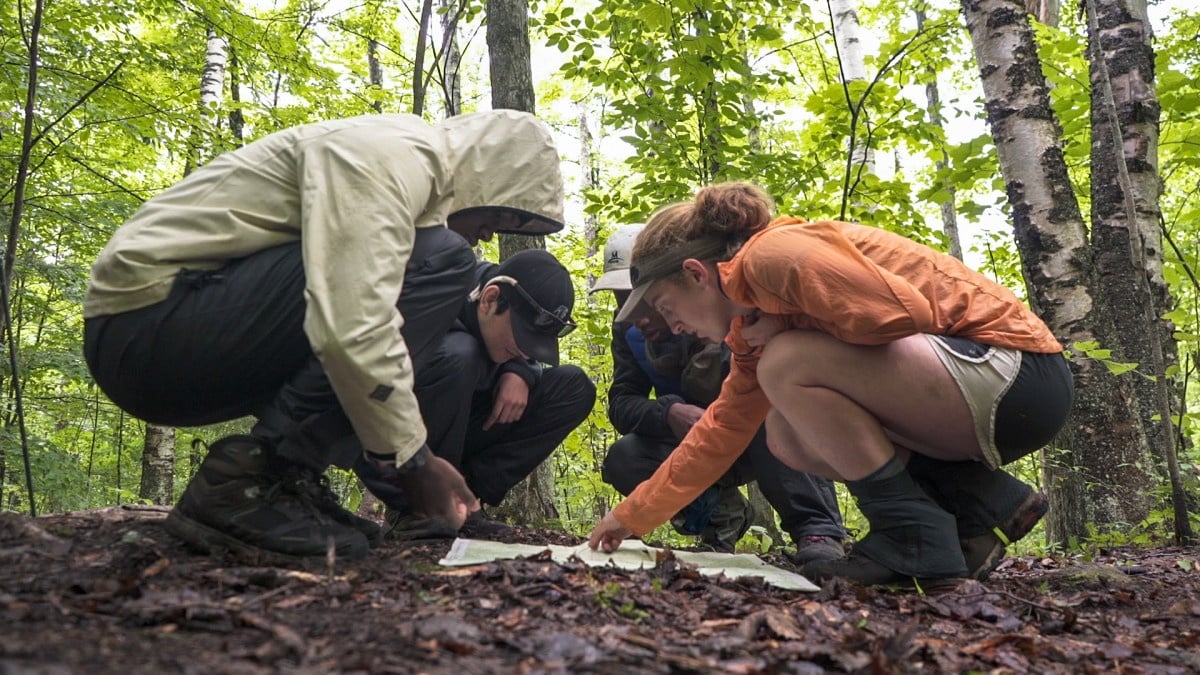
Young people have the ability to make decisions, as Shannon noted, but opportunities to take on more responsibility can be hard to find. Even in adult work settings, decisions often have to be checked with supervisors rather than made independently.
Starting to build leadership skills as a teenager can be the foundation for skills learned later—it's a way to build that base of experience, of trial-and-error, that's so key for understanding and leading groups.
The advantage of doing that on wilderness trip is that a student doesn’t need to wait until they're an adult to have these experiences.
NOLS instructor Brigitte Denton notices that, “Something as simple as lighting a WhisperLite stove or figuring out how to work together to get out of camp in the morning can be empowering.”
The lessons from those tangible experiences become the building blocks of making bigger decisions or navigating more complex interpersonal challenges.
As researcher and educator Susan Kuczmarski observes: “Leadership is learned behavior,” and learning by doing is what sticks.
Confronting Challenges is Empowering
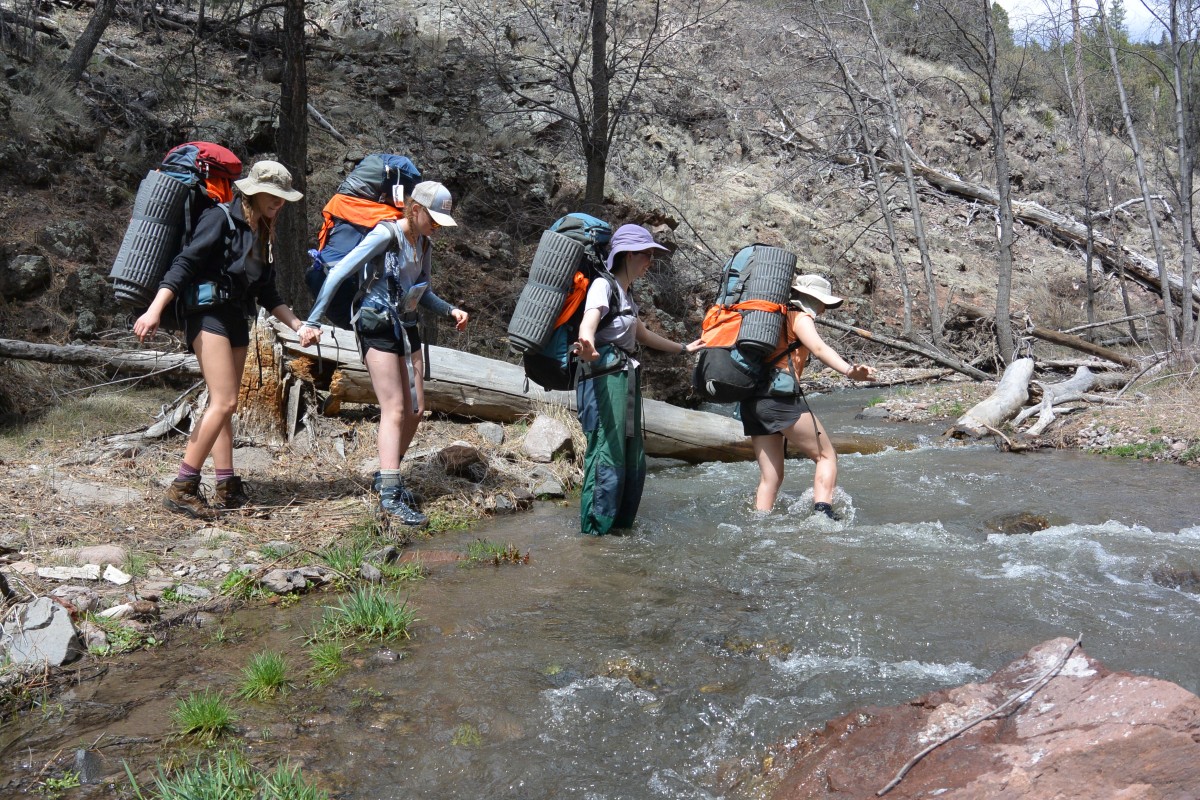
Managing and responding to challenges is a key life skill, but people often need to actually meet a new challenge before they'll believe they can face it.
Take my first NOLS course as an example: We were in the dry canyons of Utah and had to walk a half mile from our camp to fill up water bottles.
I organized a few of my students to fill water for the group, fully prepared to coax, cajole, and bribe them to get through the journey without complaining.
Instead, the student who’d had the hardest time hiking earlier entertained us the entire walk, telling stories as it got dark and chilly and the heavy water bags weighed us down. Instead of a long slog in the dark, her attitude helped turn our walk into an adventure—without any guidance from me.
I suspect that she didn't know she was capable of that level of leadership before the opportunity presented itself.
And it certainly impacted her for the rest of the trip, giving her confidence to continue trying and taking risks, and setting her on a path for peer leadership she wouldn't have otherwise found.
These Lessons Will Stick
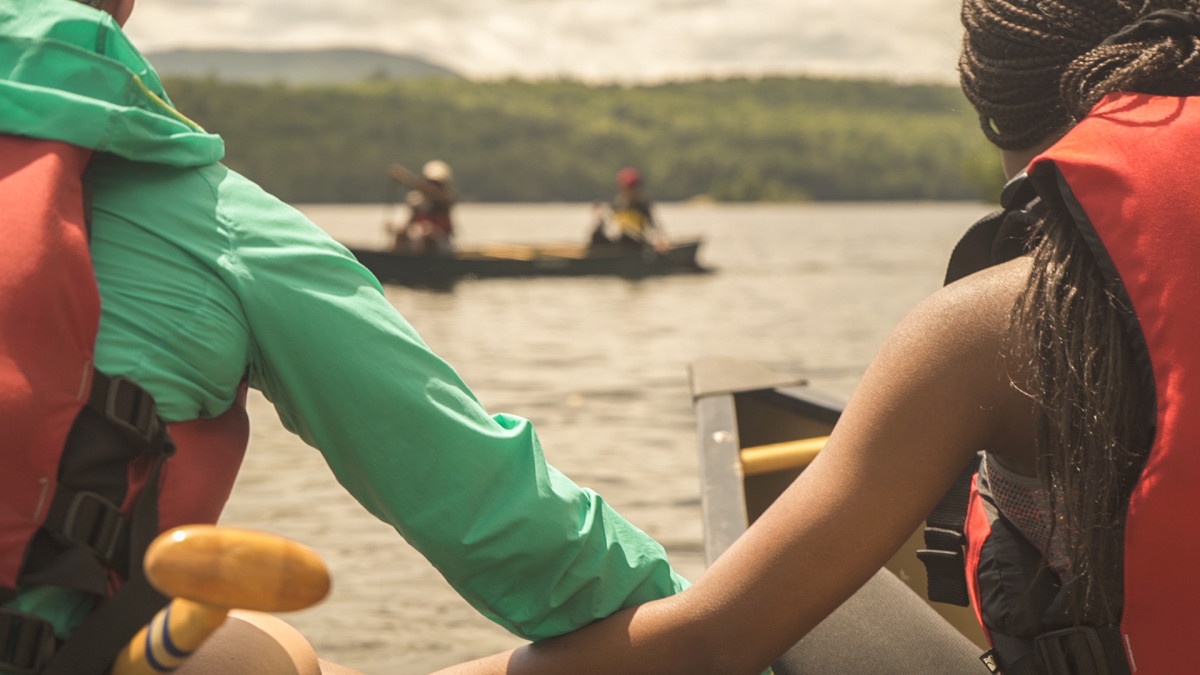
Some memories from our teenage years can be fuzzy—like how you did on that Thursday algebra quiz. But some of them, the important ones, are seared into our memory.
Getting started on leadership early, and continuing to practice it, goes a long way in preparing students for future leadership roles.
For Marc Randolph, Netflix co-founder and NOLS board chair, the course he took when he was 14 still colors his memories and the way he leads and mentors. Like the time he had to sit in the rain for an entire afternoon after forgetting his rain jacket for a day hike. To this day, he won’t leave for a hike without one.
And it wasn’t just about learning to take care of himself physically. It was also a unique experience for a teenager who, says Randolph, “genuinely has to make a decision, communicate it clearly, and then find out a few hours later whether it was a good decision or bad decision.”
The experiences may have been uncomfortable, but they became part of the learning that helped progress Randolph’s leadership development.
Teenage Brains Are Adapted to Learn
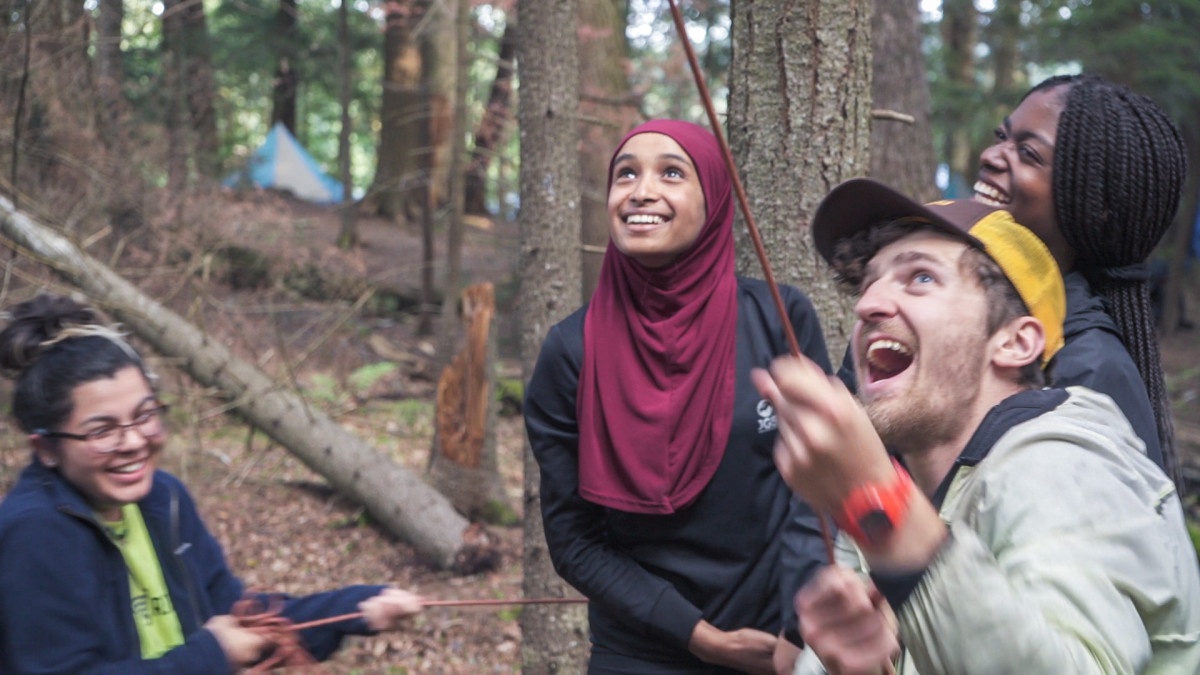
The fact that human brains are developing until around age 25 is often used as reason to restrict teenagers from certain activities. But this fact is also exactly why they need to have real-life, formative experiences.
A study by Dr. Jay Giedd from 2014 found that, while the brain does most of its structural growth by ages 5 or 6, there’s another burst of growth right before puberty, around ages 11 or 12. After this burst, the brain does some “pruning”—it cuts away the unneeded synapses that were produced during that wave of growth and strengthens the connections between the synapses that it does need. Most of this strengthening happens between the ages of 13 and 18—meaning these ages are when the brain is consolidating its growth, and are key to human development.
For Giedd, this time of consolidating growth is the most important because what we learn then will stick with us the longest: “If a teen is doing music or sports or academics, those are the cells and connections that will be hardwired. If they're lying on the couch or playing video games, those are the cells and connections that are going to survive.”
So, if we want to“hardwire”communication, empathy, or tolerance for adversity, then the teenage years are the time to focus on those skills.
Making a Difference Can Start Now
.jpg)
NOLS' leadership model revolves around four roles, and you're always functioning in some leadership role. They include being a leader with your peers, yourself, being in a designated leadership role, and working to support that designated leader.
In a small hiking group on a NOLS course, for example, you’re always responsible for something—taking care of yourself by staying hydrated, or looking at the maps so you understand whether you’re on the right track.
That self-responsibility translates beyond the outdoors. At any given moment, all of us are active followers, peer leaders, designated leaders, or self leaders. Instead of being reserved for adults, leadership is something that young people are capable of participating in and, in many ways, already do.
It's what makes a student successful in class, a good teammate, and active community member. It looks like giving their sibling advice about dealing with a fight with friends, leading a sports team at school, or organizing and lobbying local politicians.
Since leadership is something students participate in every day, it only makes sense to give them the tools to be effective, to learn even more, and continue enabling them to make positive impacts in their communities.
Written By
Molly Herber
Molly is a NOLS instructor and writer. She loves the smell of her backpack and does her best writing before 7:00 am. When she's not scouting the next post for the NOLS Blog, she's running and climbing on rocks in Wyoming. Follow her on Instagram @mgherber



